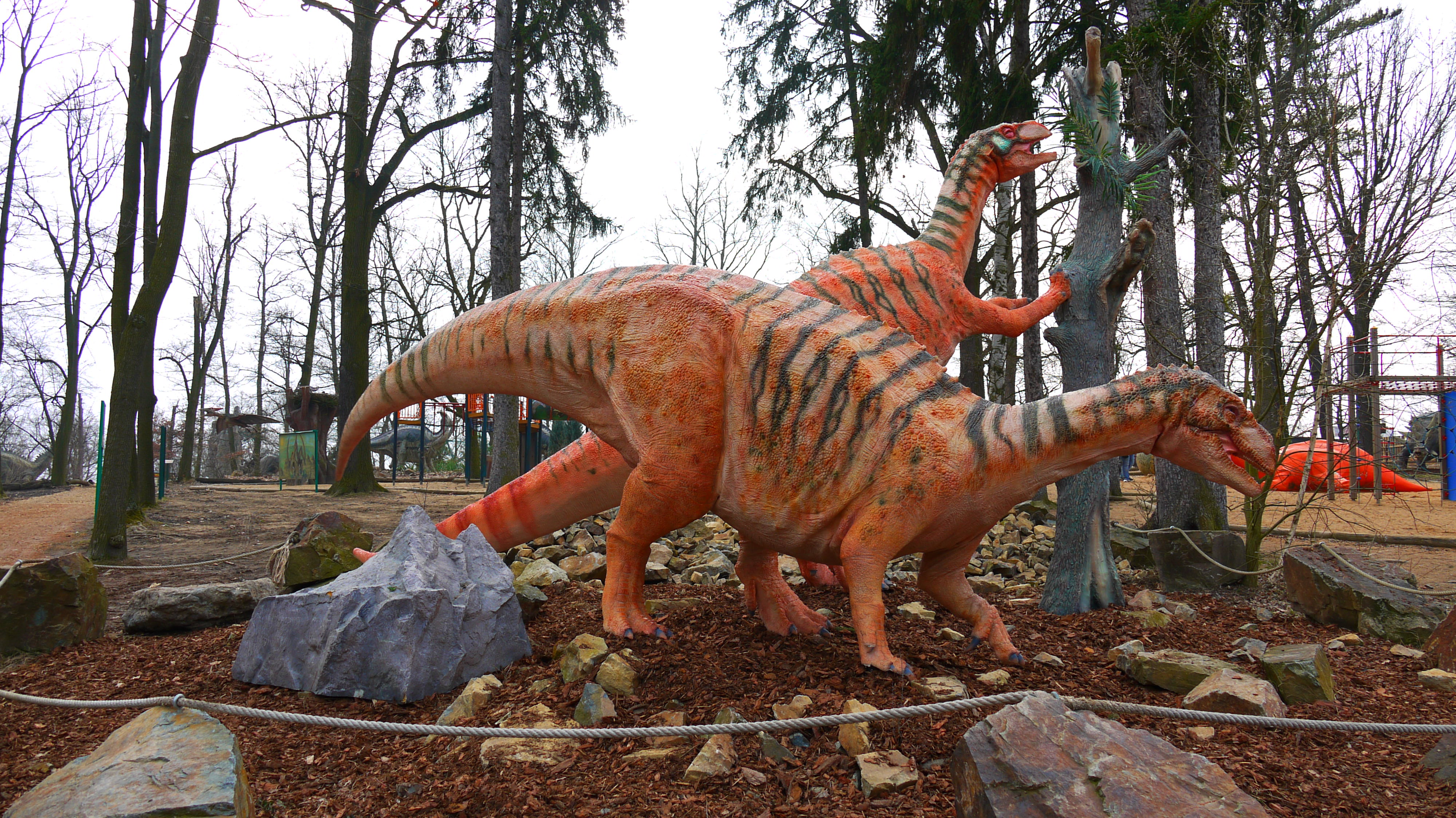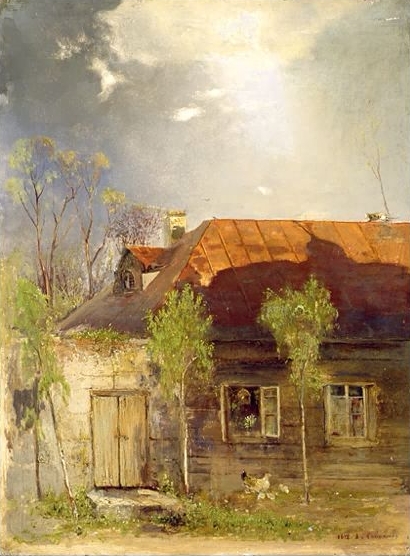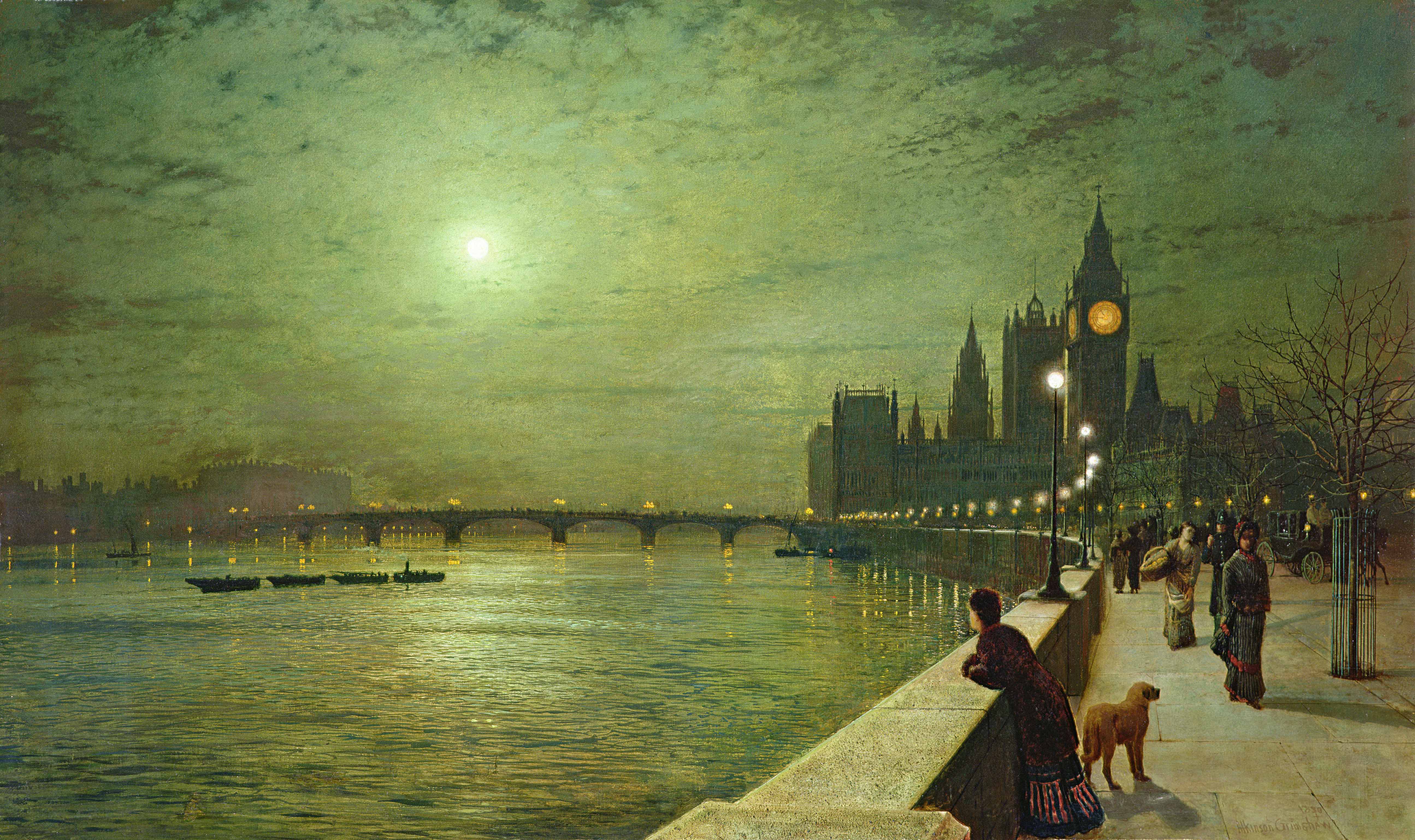1 Encapsulated in an adobe wall
2 Strapped to the undercarriage of a car
3 In the glove box
4 Resting inside the exploded ribcage of an adventurer's corpse
5 At the bottom of a well
6 In a time capsule
7 In a riderless horse's saddlebags
8 Bricked inside a section of masonry
9 Held in a statue's hands
10 Sealed inside a giant's false tooth
11 In a troll's pocket
12 Strapped to the cathedral bell's clapper
13 In the cold remains of campsite's fire circle
14 Jammed in a crevice in a cliff
15 In an eagle's aerie
16 Embedded in the wall of a wasp's nest
17 Encapsulated in honeycomb
18 Beneath a loose floorboard
19 Under the bed
20 Inside the mattress
21 In a dead adventurer's pack
22 At the bottom of a glacial crevasse
23 In the middle of an abandoned camp, no signs of a struggle
24 In a cache hidden beneath a loose flagstone
25 Sunk in a bog
26 In the hulk of a shipwreck
27 Among the ashes of a burned-out house
28 In a kid's toy chest
29 In a wall safe concealed behind a painting
30 In a metal box mounted inside the chimney
31 Buried with its owner
32 Caught in a storm drain
33 Buried at the foot of a lightning-blasted oak
34 In the pantry tucked behind cans of soup
35 Sitting in plain view on a bookshelf
36 In the freezer
37 In a cockatrice's gizzard
38 In a pile of dragonshit
39 Lying completely unprotected in the middle of the floor
40 Next to the spare tire in the trunk
41 In your pack, no clue how it got there
42 Waiting at the foot of your bed
43 Tucked into a hollow tree trunk
44 Glued to a giant tortoise's shell
45 Mixed in the ship's ballast
46 Buried 100' north of where the map says it should be
47 In the bargain bin at a thrift store
48 In a steamer trunk in the attic
49 In a hollowed-out book
50 In a snake's stomach
51 Bolted to a weathervane
52 Implanted in a wizard's eye socket
53 In a wandering llama's pack
54 Suspended in giant spider webs
55 Inside a cocoon
56 In a safe deposit box
57 In plain view in a shop's case
58 Inside a chained coffin
59 Sealed in a weighted pot at the bottom of a lake
60 Engulfed by a coral reef
61 Suspended on silver chains in the center of the room
62 Sitting on top of a pressure plate
63 In pride of place as the banquet's centerpiece
64 Tucked in a brigand's boot
65 Concealed in a bale of hay
66 Accidentally dropped in the latrine
67 Lying undamaged in an active forge
68 Lodged in a gargoyle's throat
69 Hovering 6' off the floor
70 Lying inside a salt circle
71 Enshrined on the altar
72 Contained inside a curtain of running water
73 Sealed inside a lead-lined box
74 Decohered into a laser signal and bouncing through a ring of mirrors
75 Encoded into an earworm stuck in a sphinx's head
76 Built into a golem's chassis
77 Floating in a jar of pickled eggs
78 At the end of the rainbow
79 A the bottom of a hiberniculum
80 Hanging over a bottomless pit
81 Floating in a hot spring
82 Tied to a duck's foot
83 In a shoebox at the back of the closet
84 In an old cookie tin
85 Mildly unstuck in time and space, 10" and 20 seconds from where it appears to be
86 Clipped to a cat's collar
87 In a swan's nest
88 In a thicket of poison ivy
89 Transformed into a treefrog
90 Fused to an unconscious adventurer's face and breathing for them
91 In a giant chrysalis
92 Among the goods left in an overturned wagon
93 In the ruins of an abandoned cottage
94 Tied inside a wiggling sack
95 Lost in a gutter
96 In the lost and found
97 In an abandoned storage unit
98 Sitting in line with six identical forgeries
99 Fused to your left hand
100 In evidence lockup

.jpg)






(front).jpg)
_(2018-09-28_18.56.08_Piqsels.com_en).jpg)




.jpg/1024px-Crow_in_the_Rain_(22357211258).jpg)






_(3).jpg)

_-_Black_Ray_Channel%2C_Pulau_Kapalai%2C_Sabah%2C_Malaysia_(2).jpg)


.jpg)
.jpeg)

.jpg)

_(9124990014).jpg)